Samsung’s first big Unpacked event for 2023 has come and gone and after what feels like years of discussions about the Galaxy S23 series, they’re finally here, officially. We had a few days to play with the trio and gather some ideas about them.
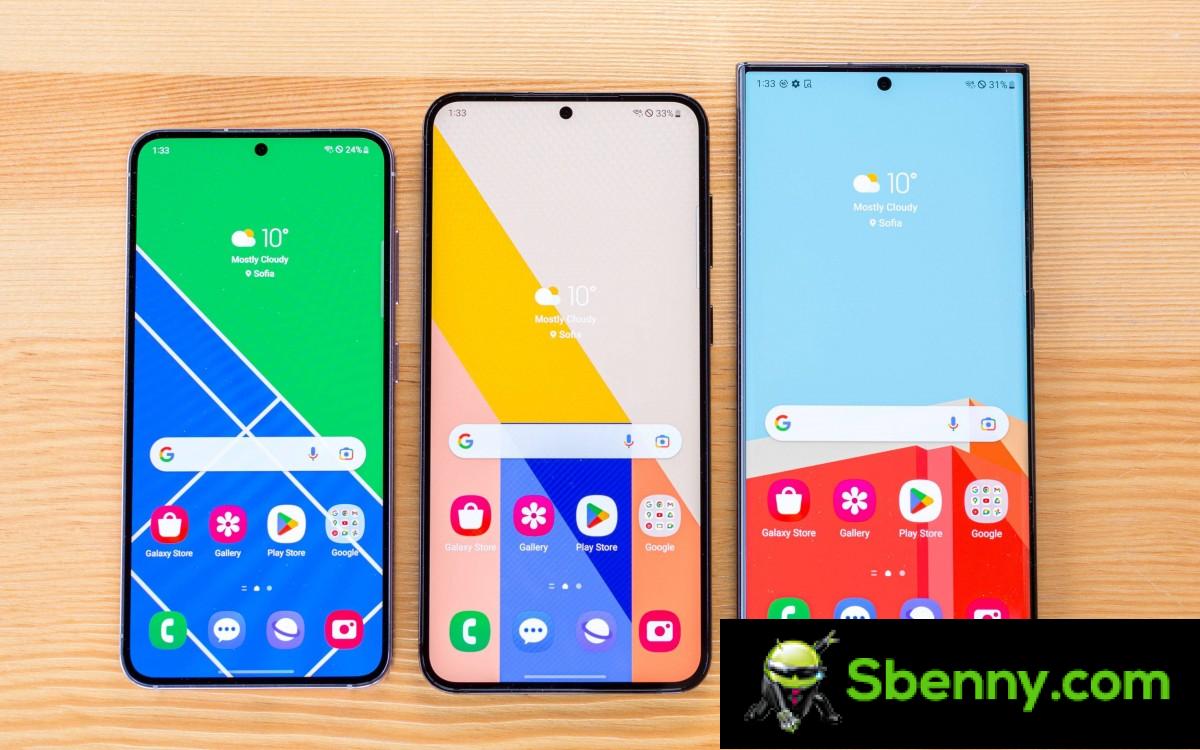
This is our take on the Galaxy S23, Galaxy S23+ and Galaxy S23 Ultra.
The Galaxy S23 Ultra is better in every important way
On paper, the Galaxy S23 Ultra isn’t a very impressive upgrade over the Galaxy S22 Ultra. In real life, the Galaxy S23 Ultra even looks very similar to its predecessor.
But it is a much better phone in terms of features and polish. Let’s start with the physical differences: Samsung has made the side frame a bit flatter, which goes a long way towards making the S23 Ultra more comfortable to hold. Also, the display isn’t as curved at the edges which adds to that comfortable, secure feel in the hand.
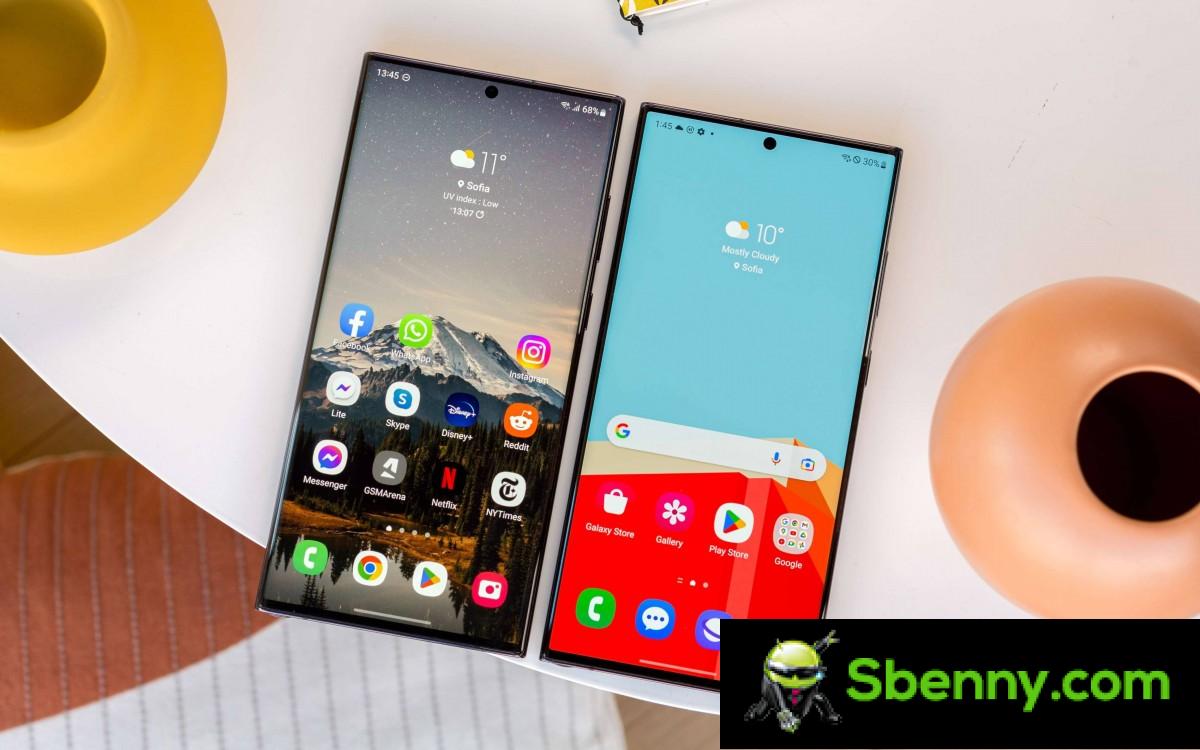
Then there are the major changes inside. The new chipset will increase performance and at the same time be more efficient with battery usage. Sustained performance, in particular, should be a key area for improvement: Snapdragon 8 Gen 2’s 4nm TSMC process is known to be a big leap over 2022 processors in terms of thermals.
Then there’s the new camera. It’s a sharper unit than its predecessor. It manages to extract more detail from the scenes in every light which is impressive.
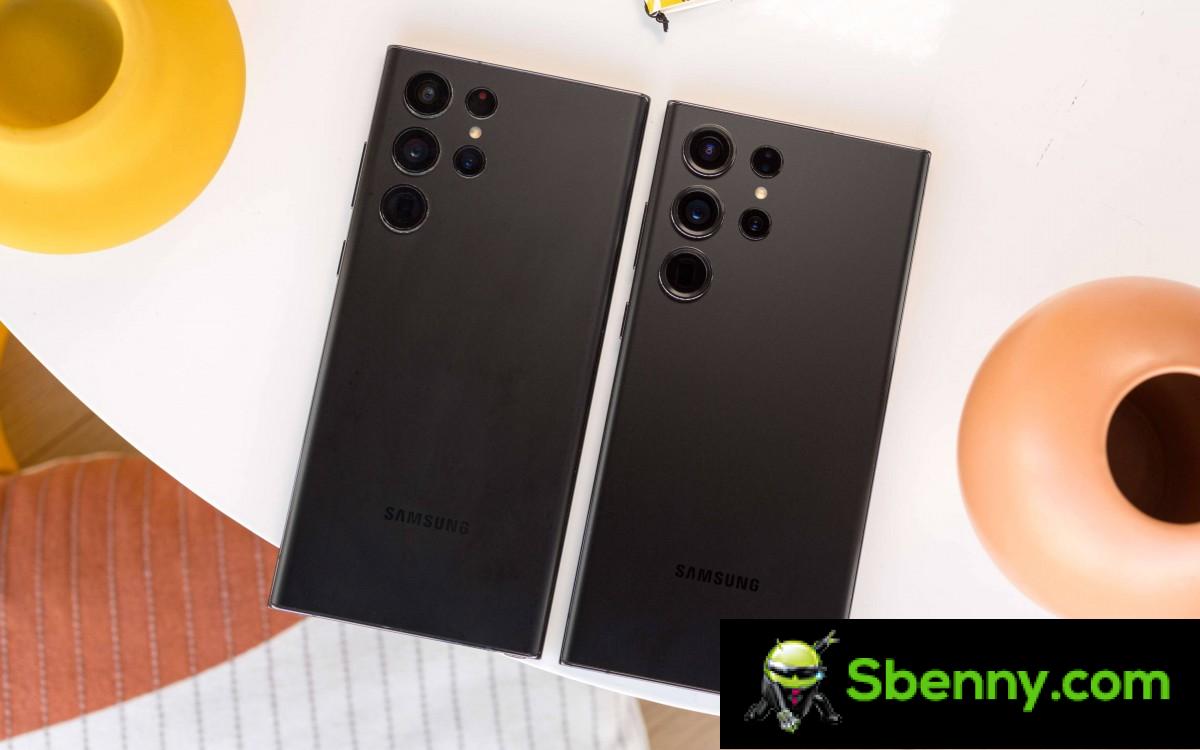
The display and battery are technically the same, but that’s not bad either. Both were industry leaders in 2022 and are still on top as of early 2023. The panel refreshes variably from as low as 24Hz (although it can disable the GPU and actually be at 1fps) all the way up to 120Hz. easily exceed 1000 nits when needed. While the 5,000mAh should last longer with the latest Snapdragon silicon.
The Galaxy S23 and S23+ are lackluster upgrades
On the other hand, the Galaxy S23 and Galaxy S23+ are not that impressive. The pair added 200mAh to their respective batteries, which is a welcome addition and speed boost to the same Galaxy-bespoke Snapdragon 8 Gen 2 mobile platform as the Ultra. The two also share the new 12MP selfie camera with the Ultra, but that’s it.

We would have liked to see autofocus added to the ultrawide camera, which would have enabled macro mode. We’re also not universally sold on the new back panel design without a camera island.
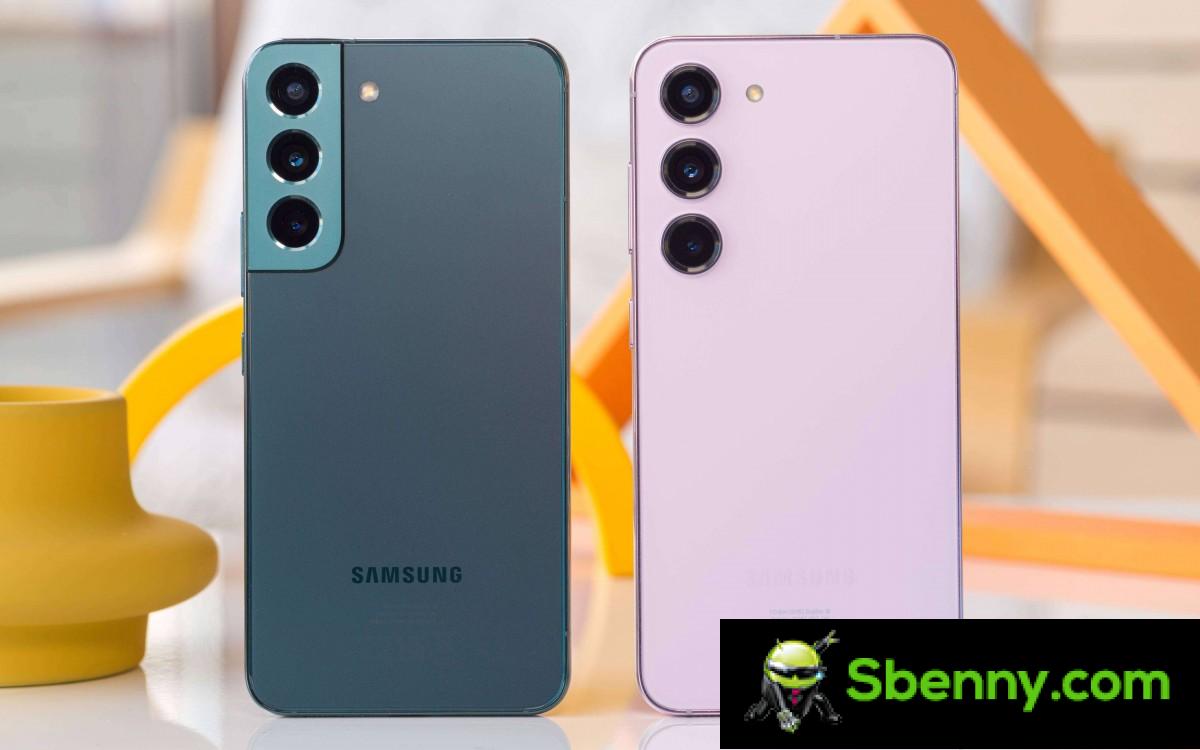
There’s a potential buyer for both of the new Galaxy S phones, but it certainly isn’t the owner of their predecessors — there’s not enough incentive to upgrade unless there’s a serious buy-back promotion.
Samsung has to decide what it wants from the smaller S models
This leads us to the fact that Samsung seems a bit lost when it comes to its non-Ultra S phones. Looking back at the Galaxy S22, Galaxy S21 and Galaxy S20, there is a lack of direction. The Galaxy S20 and Galaxy S21 had 4,000mAh batteries and 6.2-inch displays, then suddenly the Galaxy S22 shrunk them down to 3,700mAh and 6.1-inch. Now the Galaxy S23 has brought the battery back to 3,900mAh. The Galaxy S20 enjoyed a 1440x3200px display, which has been scaled down to 1080p by its successors to date. There was also that move to a plastic back panel on the Galaxy S21 that was rescinded with the S22.
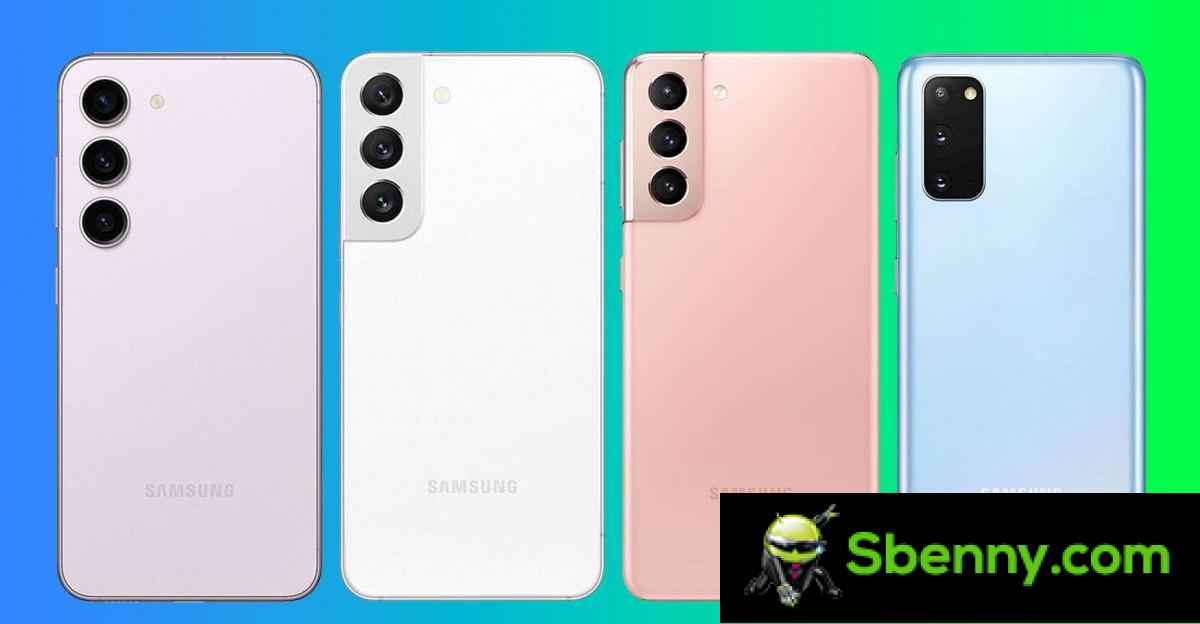
It’s a similar story with the Plus models. The Galaxy S20+ had a 6.7-inch 1440p display and a 4,500mAh battery, so the S21+ dropped the resolution to 1080p but bumped the battery up to 4,800mAh, so the Galaxy S22+ has reduced the display to 6.6 inches and reduced the battery to 4,500mAh Again. Now, the Galaxy S23+ has boosted the battery to 4,700mAh.
It’s a bit of a winding road that not only goes sideways but also up and down. There are real fans of the smaller Galaxy S series phones, but Samsung seems to be having a hard time identifying their needs.
Samsung did Apple’s Year S update
This is the first time Samsung has done an honest Year S update where we haven’t even gotten a notable design change. That’s not bad, per se, change for the sake of change is not what anyone wants.
Samsung is evolving, maturing and meeting the challenges that come with each year filled with economic and cultural issues as it comes along.
It’s just not the most exciting update.
Only Snapdragon was the right choice
Switching exclusively to the Snapdragon 8 Gen 2 chipset makes a lot of sense and is beneficial for the end user. Qualcomm’s latest SoC is superb, and Samsung probably figured out that their Exynos wouldn’t be able to compete on a consistent level at the time with the Galaxy S23 series.

The latest generation Exynos and flagship Snapdragon have seen thermal efficiency and performance slowly shift in Qualcomm’s favor.
A chipset isn’t just about the number of cores, clock speeds, and thermal performance. There are built-in AI, neural processing units, and most importantly, network modems that enable faster and better Wi-Fi, 4G, and 5G. Qualcomm had a better offer in 2023 and the Galaxy S23 range will be better for using only the Snapdragon 8 Gen 2. There is also the advantage of shipping updates even for a single hardware configuration.







Start a new Thread